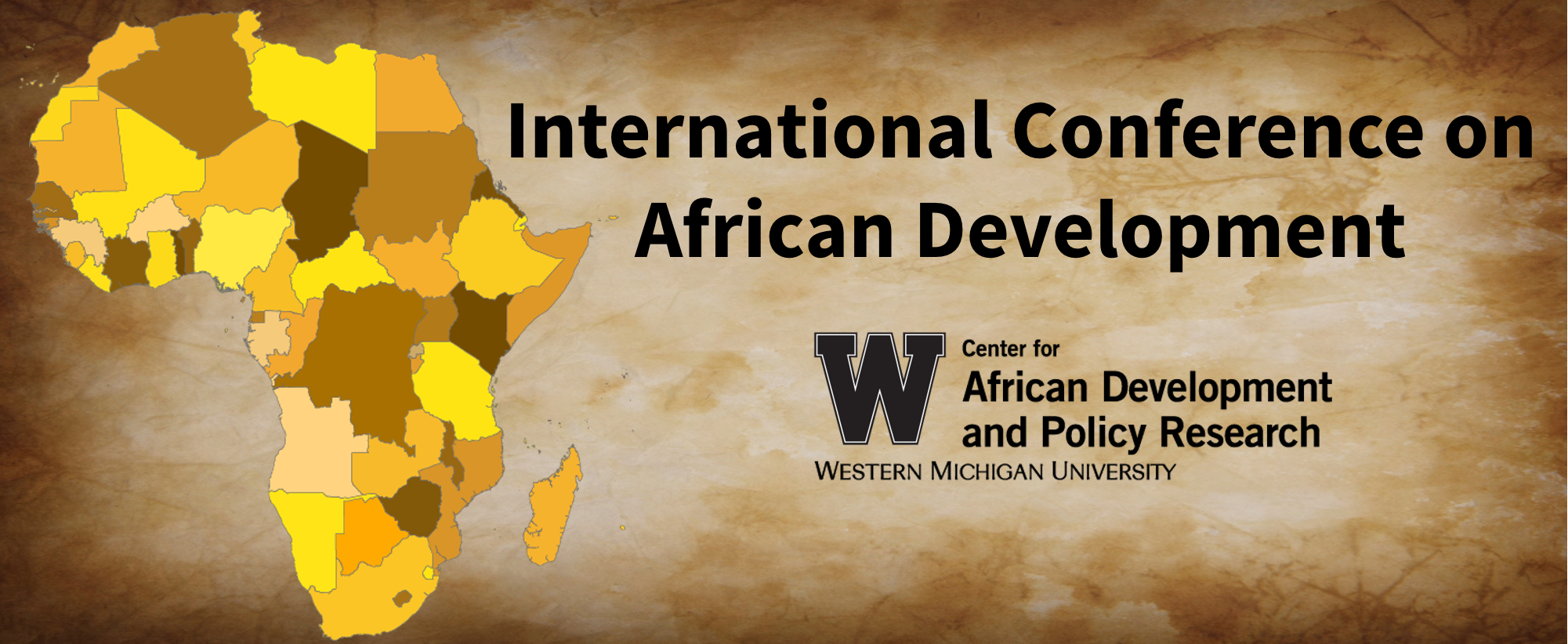12.2 Proposal on Design, Modification, Manufacturing and Utilization of Fuel Efficient Stoves (Mirte Magedo Kotabi Ye Injera Medja)
Abstract
Biomass fuels account for more than one-half of all energy used in many developing countries and as much as 95% of all energy used in some of the poorest nations. In Ethiopia, it accounts for more than 90% of total energy consumption. The dominant utilization of traditional fuels – biomass – coupled with the use of technologies of low efficiency are contributing to environmental degradation and prevalence of health problems due to indoor air pollution. This is one of the most important and systematic approaches to enhance the current design of fuel efficient stoves. The design starts with a detailed introduction about the machine and utilization of the stove’s data gathered from the literature review and information gathered from the specialists who know the applications of these interlocking machines. Product specifications were developed and refined to the specific points. The weaknesses of the current design are being analyzed by looking at the movement of waste done by the machine operator, and the machine limitations or statement of the problem are identified. The interlocking brick-making machine is different from other normal bricks as they require no mortar or cement for masonry work. The basic raw materials are cement, sand and a little water. The positive and negative frogs on the top and bottom of the blocks disallow the horizontal movement of bricks. The stoves use fuels efficiently. This is one of the factors that can increase productivity. Selection of the best design was chosen from the several design concepts proposed. Finally, the drawing and detail designs were produced according the standards and are ready to be built by the machine.
12.2 Proposal on Design, Modification, Manufacturing and Utilization of Fuel Efficient Stoves (Mirte Magedo Kotabi Ye Injera Medja)
1920 Sangren Hall
Biomass fuels account for more than one-half of all energy used in many developing countries and as much as 95% of all energy used in some of the poorest nations. In Ethiopia, it accounts for more than 90% of total energy consumption. The dominant utilization of traditional fuels – biomass – coupled with the use of technologies of low efficiency are contributing to environmental degradation and prevalence of health problems due to indoor air pollution. This is one of the most important and systematic approaches to enhance the current design of fuel efficient stoves. The design starts with a detailed introduction about the machine and utilization of the stove’s data gathered from the literature review and information gathered from the specialists who know the applications of these interlocking machines. Product specifications were developed and refined to the specific points. The weaknesses of the current design are being analyzed by looking at the movement of waste done by the machine operator, and the machine limitations or statement of the problem are identified. The interlocking brick-making machine is different from other normal bricks as they require no mortar or cement for masonry work. The basic raw materials are cement, sand and a little water. The positive and negative frogs on the top and bottom of the blocks disallow the horizontal movement of bricks. The stoves use fuels efficiently. This is one of the factors that can increase productivity. Selection of the best design was chosen from the several design concepts proposed. Finally, the drawing and detail designs were produced according the standards and are ready to be built by the machine.

